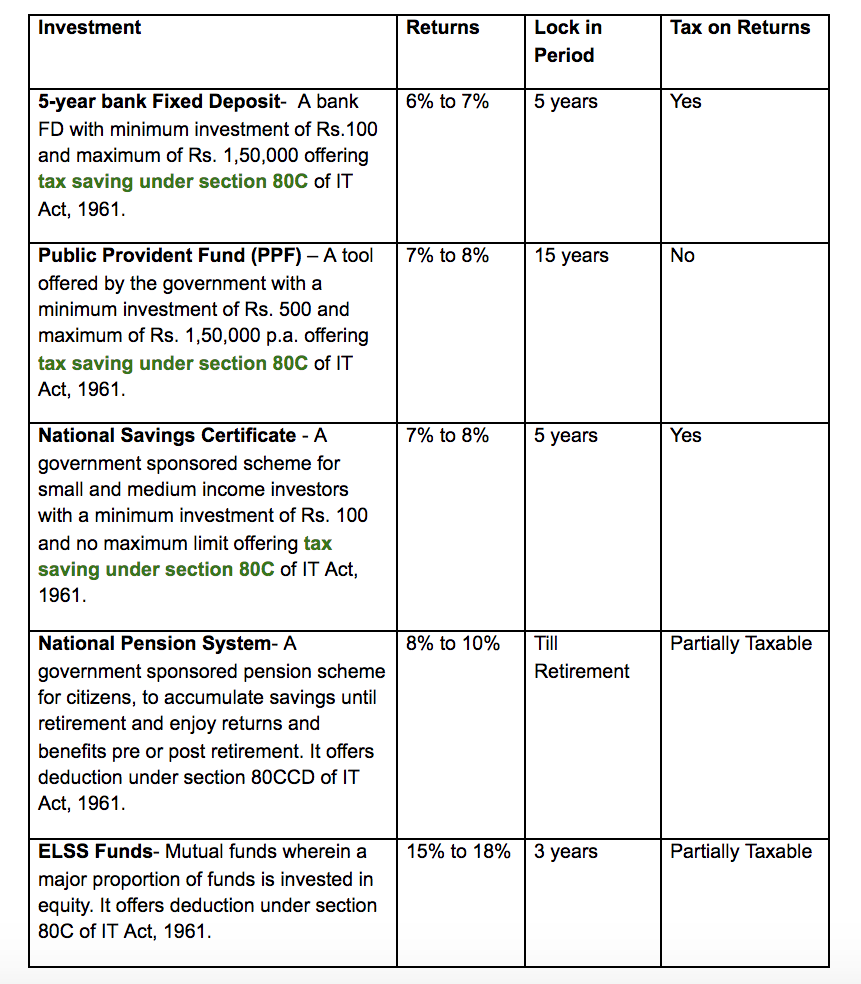‘Failing to plan is planning to fail’.
Most of us work really hard all throughout the year but we give very less importance to the crucial activity of planning our taxes. It is only after multiple reminders from our HR managers or our Chartered accountants is when we actually go ahead and look out for tax planning. Planning your taxes can benefit you in saving your hard earned money in the long run.
Waiting till the last moment to plan our taxes and submit our investment proofs puts undue pressure on our planned budgets for our year and can lead to some incorrect decision making. Therefore, in this section let’s learn all about tax planning.
Here are a couple of points that one must consider the most while planning taxes.
- Understanding the components of your income. Easily available on your salary slip issued by your employer.
- Understanding the exemptions and deductions available as per the current financial year. This needs to be given utmost importance
- Estimating the current tax payable by you. This would be an approximate figure and would give you a fair idea on where the funds need to be invested. Multiple tax calculators are available online as well.
- Understanding what options does one have to invest to save taxes keeping multiple things in mind which include the time funds need to be locked in, Returns on the funds and of course the risk taking appetite of an individual.
- At the time of investing in or buying your chosen instruments, it is advisable to set up a direct debit or create a Standing Instruction to avail the recurring benefits of instruments like PPF or Life Insurance, as applicable. This will also instill financial discipline.
- Maintaining the receipts that you would be required to furnish as evidence of investments made.
- Filing your returns on time and avoiding the hassles that waiting till the last day for filing would entail.
While you are planning for your taxes, it is advisable to choose instruments that would not only save tax, but would also provide the long term benefits in terms of savings or protection, in line with your financial goals.
The below mentioned table shows us a glimpse of the approximate returns and lock in period of various tax saving instruments.

So as you can see these are some of the most common tax saving instruments across both salaried and self-employed individuals. However these are not just the only ones and there are a number of other tax saving instruments as well which one can choose to take the advantage of the deductions available and reduce the tax burden. Amongst the other available options life insurance plans and medical insurance is again preferred by most individuals.
Investing in these instruments has double benefits and minimum risk. Always a favourite for most of us.






